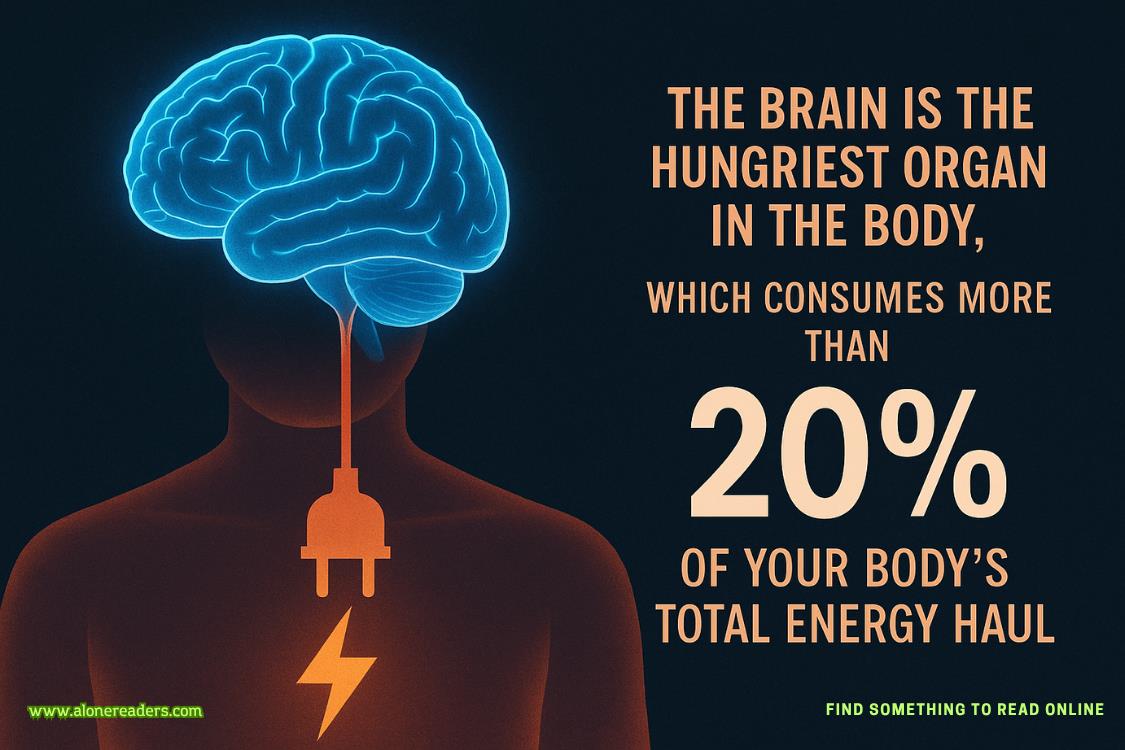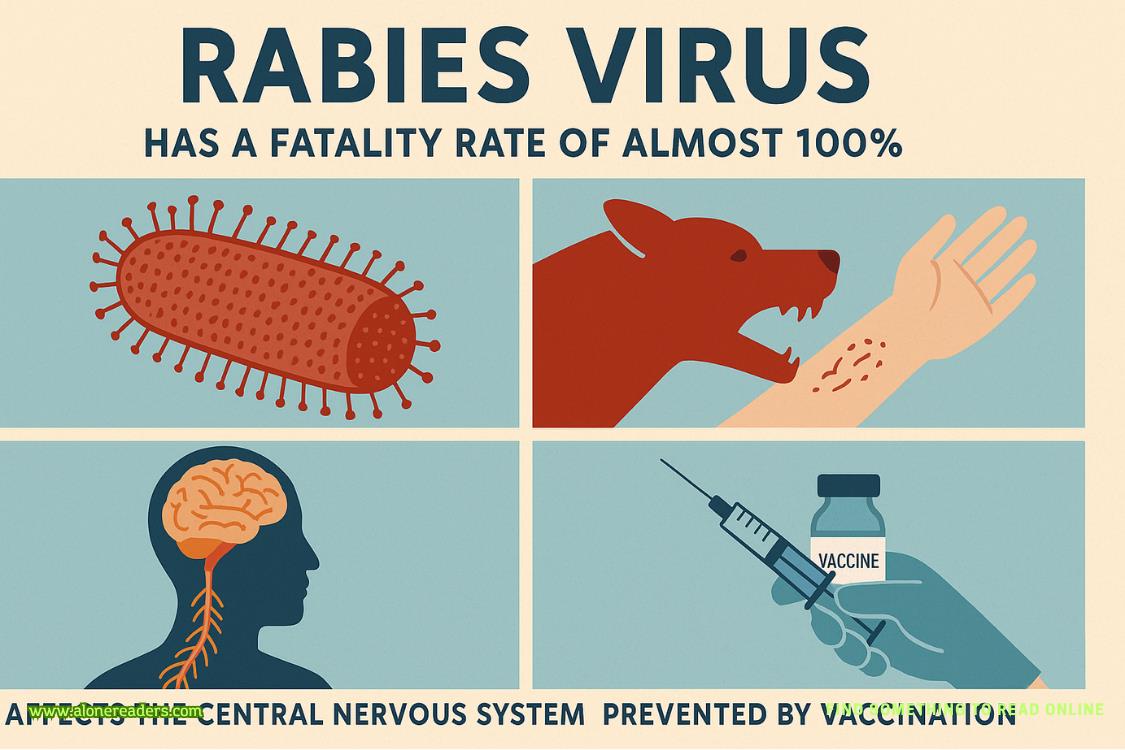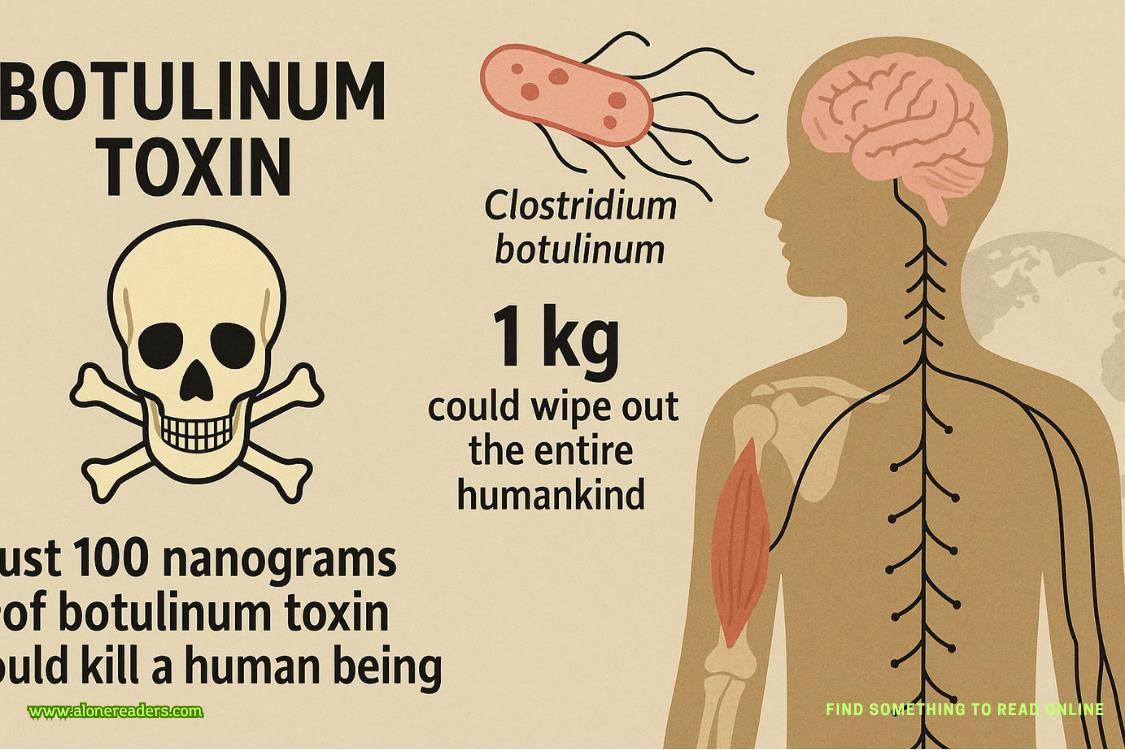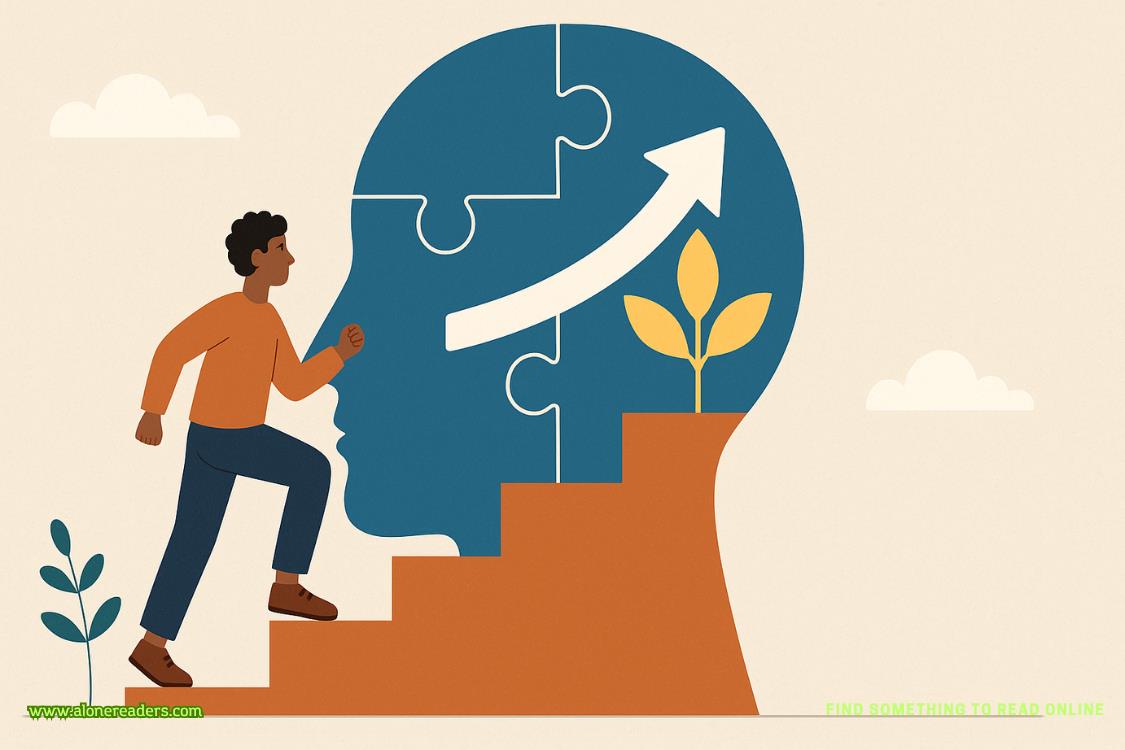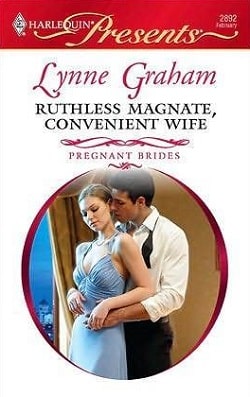“Museum of Northern Arizona, how may I direct your call?”a receptionist answered.
“This is Detective Kari Blackhorse with Navajo Nation Police,” she said, her tone professional.“I need to speak with David Livingston, the curator of the Navajo collection.”
“Oh, Detective.”The receptionist’s voice immediately changed, lowering confidentially.“Mr.Livingston has been expecting someone from law enforcement.I’ll transfer you right away.”
Kari frowned, catching Yazzie’s questioning look.Before she could ask for clarification, the line clicked.
“David Livingston speaking,” a cultured male voice answered.
“Mr.Livingston, this is Detective Kari Blackhorse with Navajo Nation Police.I’d like to ask you about the Navajo ceremonial collection.”
“Thank goodness,” he said, relief evident in his voice.“I’ve been waiting for police follow-up since we reported the thefts.The Flagstaff PD took our report but said they had limited resources for museum theft.We didn’t want to publicize it widely—museum security concerns, you understand—but I’ve been increasingly worried given what’s been happening.”
Kari’s pulse quickened.“What thefts are you referring to, Mr.Livingston?”
A pause.“You’re… not calling about the stolen ceremonial items?”
“I’m afraid not,” Kari said carefully.“Could you tell me what was taken and when?”
“Four days ago,” Livingston replied, his voice tightening.“We discovered several items missing from our Navajo ceremonial collection during routine inventory.A medicine pouch, a ceremonial knife, several bundles of herbs that were part of a protection ritual display, a mask used in certain purification ceremonies, some bowls, feather fans, some baskets…” He trailed off, as if the list were too long to remember everything.
Kari caught Yazzie’s eye, seeing her own realization mirrored there.“And you said this was four days ago?That would be Monday?”
“Yes, during our weekly inventory check.We installed additional security measures immediately, of course, but the items haven’t been recovered.”
“Was there any security footage of the theft?”Kari asked.
“Unfortunately, no.Whoever took the items knew exactly where our cameras were positioned.They must have studied the museum layout carefully.”
Kari took a deep breath.“Mr.Livingston, I believe these thefts may be connected to the recent homicides near Canyon de Chelly.I need to come speak with you immediately.”
“Of course,” he said, sounding both troubled and intrigued.“I’ll be here until closing at seven.”
“I’m on my way,” Kari said, ending the call and turning to Yazzie.“The day before Harrington’s murder, someone stole ceremonial items from the museum—items that could have been used or studied by our killer.”
“That’s a concrete lead pointing away from Thomas,” Yazzie observed.
“Exactly.”Kari stood, gathering her notes.“Even if Daniels insists Thomas could have been the thief, museum security footage might help establish who was there in the days leading up to the theft.”
“Go,” Yazzie said with a nod.“Daniels will be occupied here for at least another hour.If he asks, I’ll tell him you were called to another matter.”
Kari glanced once more through the glass at Thomas Begay, who was still maintaining his composure despite Daniels’s relentless pressure.There was no justice in what was happening to him—he just fit a profile created by someone who didn’t understand the culture.
“I’ll be back as soon as I can,” she said, already mentally plotting the quickest route to the museum.
As she left the station, the late afternoon sun cast long shadows across the parking lot.The news vans had mostly dispersed, having captured their dramatic footage of Thomas being brought in.Only one remained, a reporter speaking to a camera about the “breakthrough in the ritualistic murder case.”
They were playing right into the killer’s hands.
CHAPTER FIFTEEN
Sacred objects held power—that’s what Ruth had always taught Kari.In the right hands, they healed and protected.In the wrong hands, they became weapons.The distinction wasn’t about physical damage but spiritual corruption.
And someone, Kari suspected, had just armed themselves from the display cases of the Museum of Northern Arizona.
The museum stood at the edge of a ponderosa pine forest, its sandstone walls glowing amber in the late afternoon light.The building itself was a tribute to Southwestern architecture—clean lines, exposed beams, and a courtyard featuring native plants.To tourists, it represented the harmonious blending of cultures that the Southwest marketed so effectively.To the indigenous communities whose artifacts lined its display cases, it remained a more complicated symbol—simultaneously preserving and appropriating their heritage.
Kari had visited often as a child, her father pointing out the anthropological significance of each exhibit while her mother quietly noted which items should never have left tribal lands.That tension had shaped her understanding of cultural preservation long before she had the vocabulary to name it.




